Have you been wondering if pizza sauce can be used for pasta?
One evening, after a long day, I found myself staring at a jar of homemade pizza sauce in the fridge and a box of spaghetti on the counter.
The thought struck me – why not use the pizza sauce for pasta?
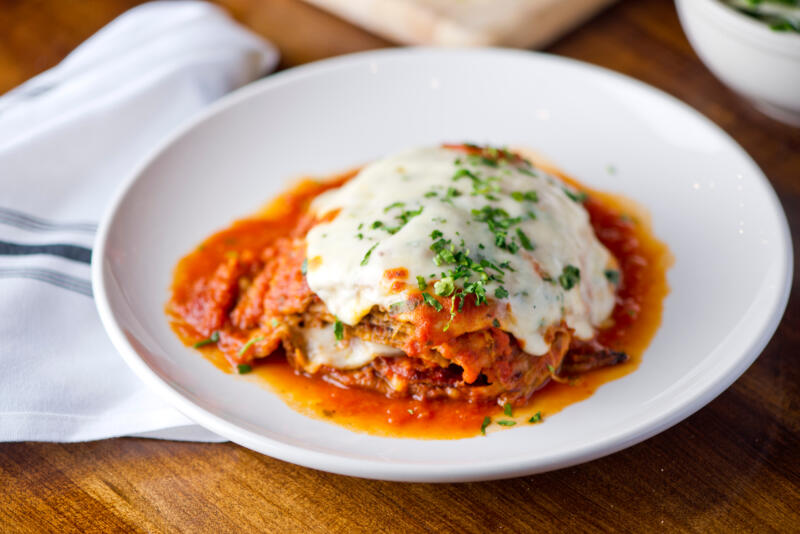
It was a culinary adventure that led me down a path of delicious discoveries, and I’m excited to share my findings with you.
In this article:
What is Pizza Sauce?
Pizza sauce, a staple in every pizza lover’s kitchen, is a thick and flavorful concoction that serves as the base layer on our beloved pies.
Its thicker consistency, achieved through the use of a food processor to blend fresh tomatoes, sets it apart from other types of sauces.
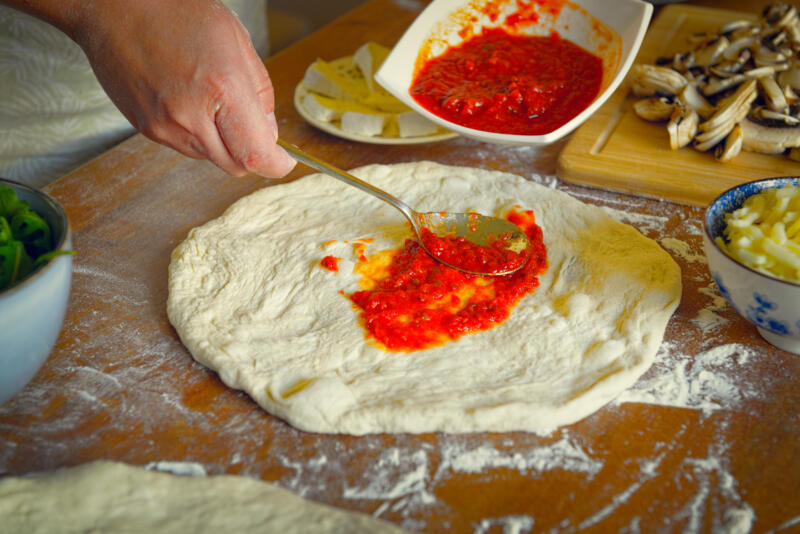
This thickness ensures that the sauce doesn’t seep into the pizza dough, keeping the crust crispy and delicious.
Pizza sauces are typically not cooked for as long as pasta sauces, which allows the flavors of the fresh ingredients to shine through.
What is Pasta Sauce?
Pasta sauce, on the other hand, is a more complex and diverse category of sauces.
Unlike pizza sauce, pasta sauce is often simmered for a longer period, allowing the flavors to meld together and create a deeper, more robust flavor.
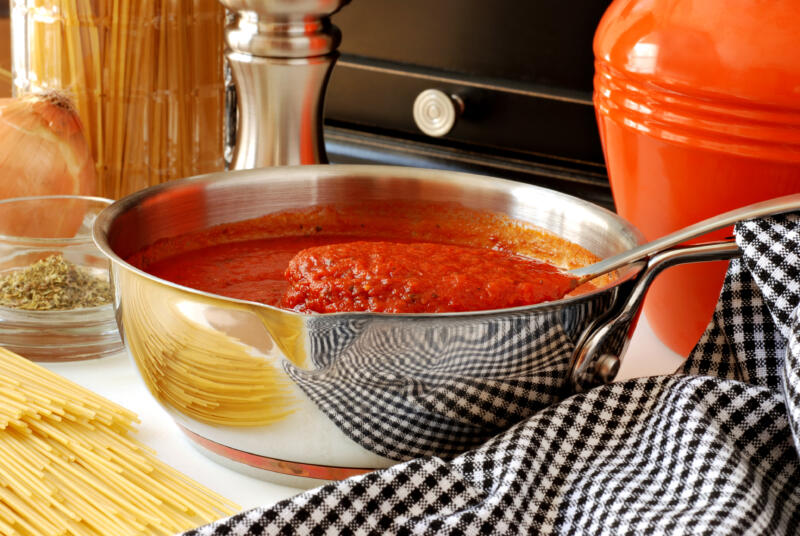
There are countless types of pasta sauces, each suited to different pasta dishes. From the classic marinara sauce, a simple tomato-based sauce, to the rich and creamy Alfredo, the possibilities are endless.
Whether made with fresh or canned tomatoes, each sauce has its own unique characteristics and uses.
One key aspect of pasta sauce preparation is the use of pasta water.
This starchy liquid can be used to adjust the consistency of the sauce, making it cling better to the pasta.
Modifying Pizza Sauce for Pasta
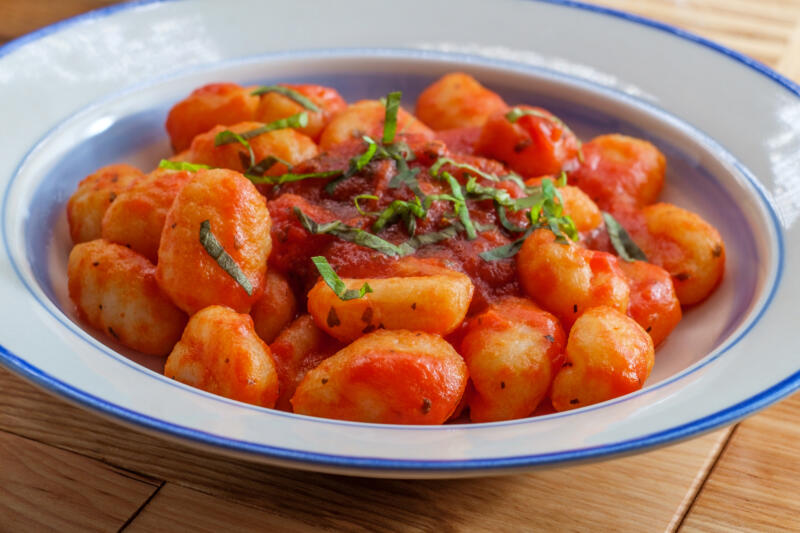
Now, what if we want to use our pizza sauce for pasta? With a few simple tweaks, this is entirely possible and can result in some deliciously unexpected meals.
Adjusting Consistency
The first step is adjusting the consistency. Pizza sauce is typically thicker than pasta sauce, but this can be easily remedied by adding some pasta water.
This not only thins out the sauce but also adds a starchy component that helps the sauce adhere to the pasta.
Adjusting Flavor
Next, consider the flavor profile. While pizza sauce is delicious on its own, additional ingredients can be added to enhance its flavor when used in pasta dishes.
Garlic, basil leaves, and pepper flakes, for instance, can add a fresh and spicy kick respectively.
Adjusting Acidity Level
Tomato-based pizza sauce can sometimes be a bit acidic; those of you dealing with digestive issues can confirm it.
To counteract this, consider adding a pinch of sugar, a bit of baking soda, or even some finely grated carrots (that will also give some sugar).
These ingredients can help balance the acidity and make the sauce more palatable.
But don’t worry, we’ll delve into this topic in greater detail in the next chapter.
Balancing Acidity in Pizza and Pasta Sauces

When it comes to creating the perfect pizza or pasta sauce, balancing acidity is a crucial step.
The acidity in tomato-based sauces can sometimes overpower the other flavors, resulting in a sauce that’s more tart than tasty.
But fear not, there are a few simple ingredients that can help you strike the right balance: sugar, baking soda, and carrots.
- Sugar is a common choice for reducing acidity. It works by neutralizing the tartness and adding a subtle sweetness that complements the tomatoes.
- Baking soda, on the other hand, is a bit more scientific. It’s a base, which means it can neutralize the acid in the sauce, reducing its sourness. But be careful, too much can leave a soapy taste.
- Carrots are a lesser-known but equally effective option.
They contain natural sugars that can help balance the acidity, and their subtle flavor doesn’t interfere with the overall taste of the sauce. Additionally, they bring a splash of color!
When incorporating these ingredients, start small and taste as you go. You want to reduce the acidity, not mask the delicious tomato flavor.
With a bit of practice, you’ll be able to create a perfectly balanced sauce every time.
Comparison of Pizza and Pasta Sauces
Pizza and pasta sauces may seem similar at first glance, but when you delve a little deeper, you’ll find that they have their own unique characteristics.
1. Nutritional Differences
When it comes to nutrition, pizza, and pasta sauces can vary quite a bit.
The nutritional content largely depends on the ingredients used, but in general, pizza sauce tends to have fewer calories, fats, and sodium than many pasta sauces.
This is mainly due to its simpler recipe and shorter cooking time.
However, it’s important to check the nutritional value of the specific brands or recipes you’re using, as these can vary widely.
Keep in mind, it’s all about striking a dietary balance!
2. Taste Differences
The taste differences between pizza and pasta sauces are largely due to the ingredients and cooking methods used.
Pizza sauce usually utilizes fewer spices and herbs, resulting in a simpler, more tomato-forward flavor.
It’s also TYPICALLY made with pureed tomatoes and isn’t cooked, which allows the fresh tomato flavor to shine through.
Pasta sauce, on the other hand, often has a more complex and rich flavor profile.
It’s commonly made with chunkier tomatoes and simmered for a longer period, allowing the flavors to meld together.
The result is a robust sauce that can stand up to a variety of pasta types.
3. Texture Differences
The consistency of a sauce can significantly influence the overall dining experience.
Pizza sauce is typically thicker and smoother, which helps it stay put on the dough.
It might also have chunkier tomatoes or additional ingredients such as olive oil to enhance the thickness of the sauce.
Pasta sauce, in contrast, is typically thinner in consistency. This allows it to coat the pasta evenly and seep into every nook and cranny.
The chunkier tomatoes used in pasta sauce also add a bit of texture, providing a satisfying bite with every mouthful.
Can I Use Pizza Sauce for Pasta?
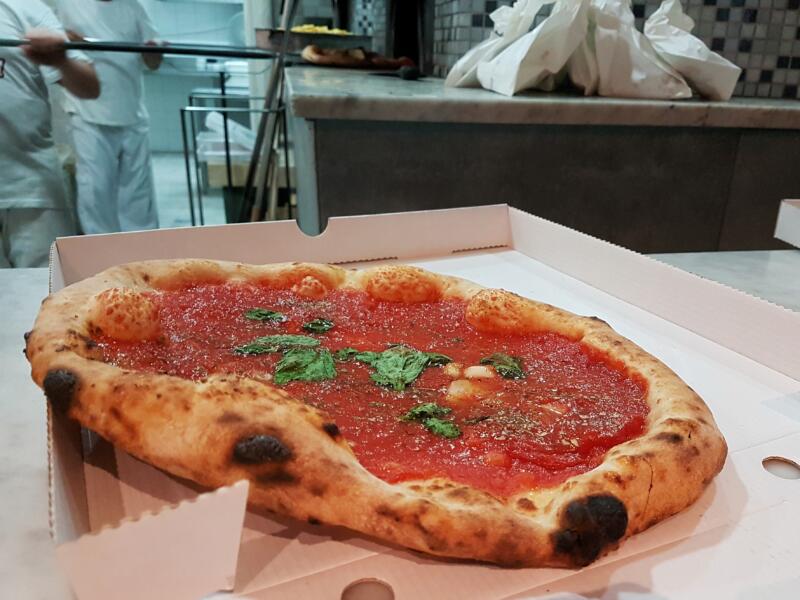
The idea of using pizza sauce for pasta might seem unconventional, but it’s a question that’s crossed the mind of many home cooks and food enthusiasts.
After all, both sauces share a common base of tomatoes. But can they really be used interchangeably?
Let’s explore the benefits and potential drawbacks of this culinary swap.
Benefits of Using Pizza Sauce for Pasta
One of the main benefits of using pizza sauce for pasta is the unique flavor profile it brings to the table.
Pizza sauce, with its simple yet robust flavors, can add a new dimension to your pasta dishes.
Its thicker consistency and richer tomato flavor can enhance the taste of the pasta, making for a hearty and satisfying meal.
Using pizza sauce for pasta also saves time and ingredients. If you’ve made a batch of pizza sauce, why not use it for your pasta as well?
This not only reduces waste but also allows you to experiment with flavors and create dishes that are uniquely your own.
Drawbacks of Using Pizza Sauce for Pasta
However, using pizza sauce for pasta does come with a few potential drawbacks.
The main one is the difference in texture and consistency.
Pizza sauce is typically thicker and less watery than pasta sauce, which can affect how well it coats and adheres to the pasta.
To counteract this, you might need to add additional ingredients to the pizza sauce to make it more suitable for pasta.
This could include adding more water or pasta water to thin it out or incorporating more herbs and spices to enhance the flavor.
The higher water content and thinner consistency of traditional pasta sauce can also impact the taste of the final dish.
While pizza sauce can provide a rich and concentrated tomato flavor, pasta sauce often delivers a more balanced and nuanced taste profile.
So, while it’s certainly possible to use pizza sauce for pasta, it might require a bit of tweaking to get it just right.
Recipes to Make Your Own Pizza and Pasta Sauces
Creating your own pizza or pasta sauce at home can be a rewarding experience. Not only do you have control over the ingredients, but you can also adjust the flavors to suit your personal preferences.
Whether you’re a fan of traditional tomato sauces, prefer something with a bit of a kick, or follow a plant-based diet, there’s a recipe for you.
1. Basic Tomato Sauce Recipe
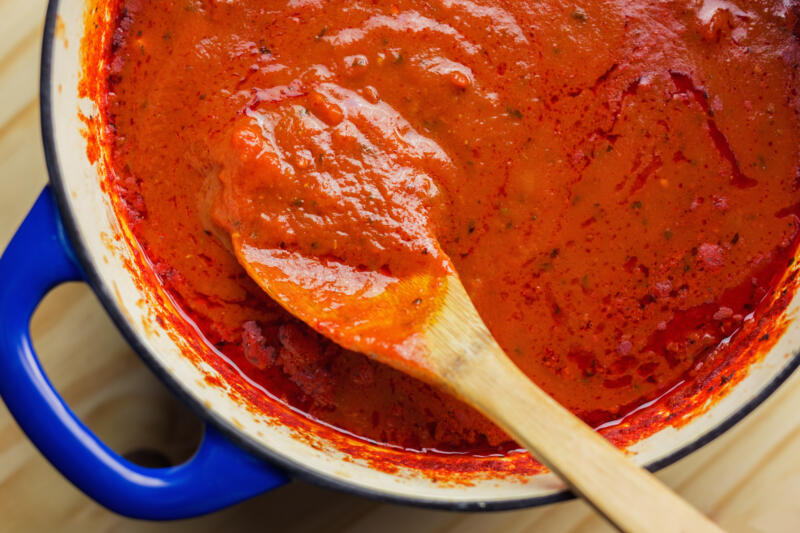
A basic tomato sauce is a versatile staple that can be used in a variety of dishes. Here’s a simple recipe:
- In a saucepan, heat a tablespoon of olive oil over medium heat.
- Add a teaspoon each of onion powder and garlic powder, and cook until fragrant.
- Blend in either a can of chopped peeled or pureed tomatoes or chopped fresh ones, complemented with half a teaspoon of black pepper and a fragrant teaspoon of Italian seasoning.
- To neutralize an overly acidic tomato sauce, consider adding a dash of sugar, a sprinkle of baking soda, or incorporating carrots. Adjust for optimal flavor balance.
- Simmer for 15-20 minutes, stirring occasionally, until the sauce has thickened to your liking.
2. Homemade Pizza Sauce Recipe
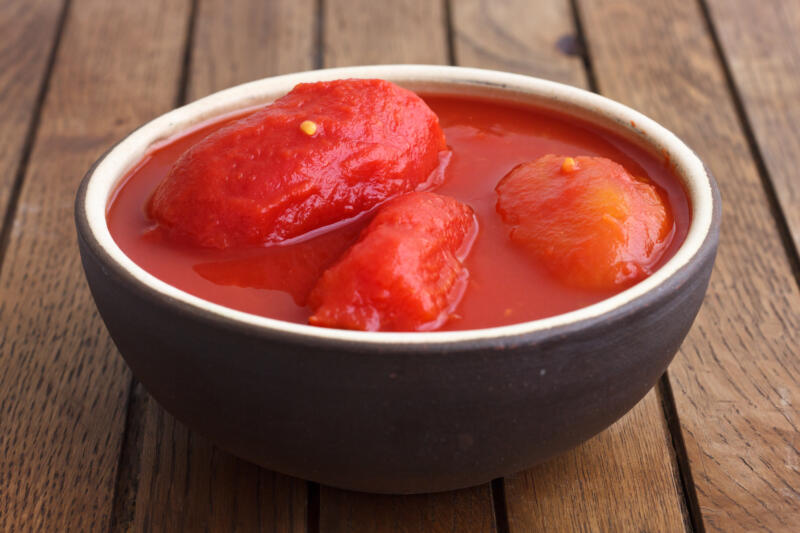
Making your own pizza sauce is a great way to add a personal touch to your homemade pizzas. Here’s a quick and easy recipe:
- In a food processor, combine a can of peeled, diced tomatoes or fresh tomatoes, along with a clove of garlic, a teaspoon of dried oregano, and a pinch of salt.
- Blend until smooth, then taste and adjust the seasoning as needed.
- Spread the sauce on your pizza dough, then add your favorite toppings and bake.
3. Pesto Sauce Recipe
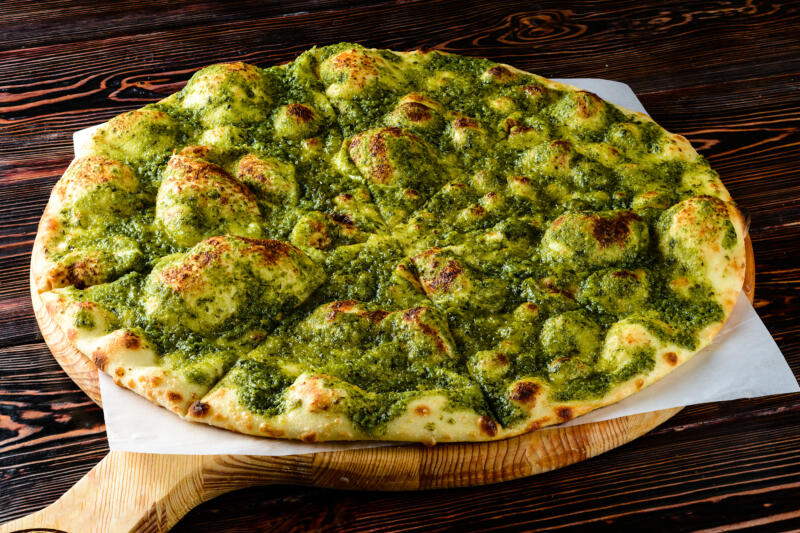
Pesto sauce is a flavorful option that works well with both pizza and pasta. Here’s how to make it:
- In a food processor, combine two cups of fresh basil leaves, two cloves of garlic, a third of a cup of pine nuts, half a cup of grated Parmesan cheese, and half a cup of olive oil.
- Blend until smooth, then season with salt and pepper to taste.
4. Vegan Sauce Recipe
For those following a plant-based diet, this vegan pizza or pasta sauce is a great option:
- In a saucepan, sauté a diced onion and a few cloves of garlic in olive oil until soft.
- Add a can of crushed tomatoes, a teaspoon of dried basil, a teaspoon of dried oregano, and a pinch of red pepper flakes.
- Simmer for 20-30 minutes, then stir in a quarter cup of nutritional yeast for a cheesy flavor.
5. Spicy Arrabbiata Sauce Recipe
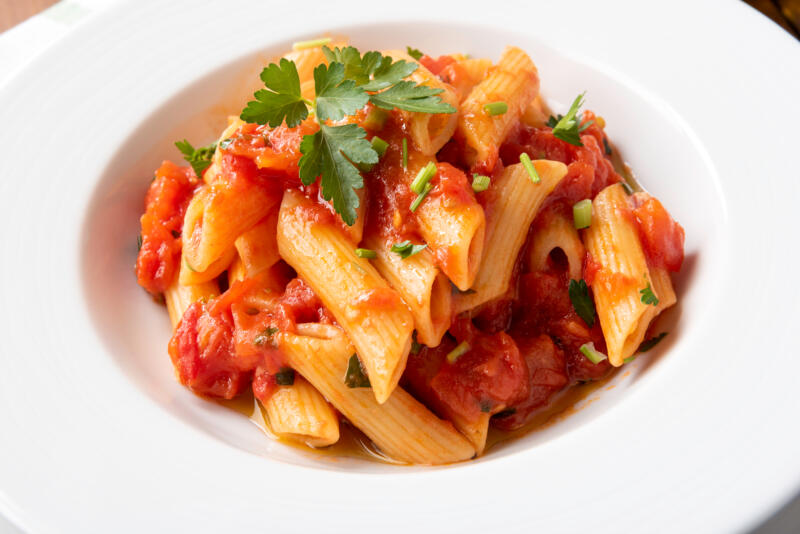
For a bit of heat, try this spicy Arrabbiata sauce:
- In a saucepan, sauté a diced onion, a few cloves of garlic, and chopped red chili pepper in olive oil until soft.
- Add a can of crushed tomatoes and a pinch of red pepper flakes, then simmer for 20-30 minutes until the sauce has thickened.
6. Creamy Alfredo Sauce Recipe
Finally, for a rich and creamy pasta sauce, try this Alfredo recipe:
- In a saucepan, melt a stick of butter over medium heat.
- Stir in a cup of heavy cream, then simmer for 5 minutes.
- Remove from heat, then stir in a cup and a half of grated Parmesan cheese until smooth.
- Season with salt and pepper to taste, then toss with your favorite pasta.
Closing Thoughts
We’ve journeyed through the world of sauces, exploring the differences between pizza and pasta sauces, and the possibility of using them interchangeably.
We’ve learned about the importance of balancing acidity, the nutritional, taste, and texture differences between the sauces, and even delved into some delicious recipes you can try at home.
Dive into these techniques and recipes with an open mind.
You could discover a pasta dish that becomes a staple in your kitchen!
After all, the essence of cooking lies in innovation and tailoring to your own palate.
If you have any questions or comments, or if you’ve tried using pizza sauce for pasta, I’d love to hear about your experiences.